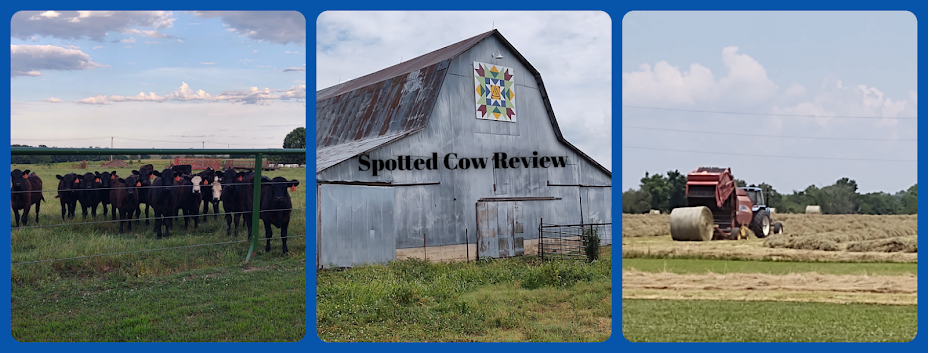From the minute we bring a newborn calf into
their own private hutch, it becomes our priority
to monitor the calf for any health issue and to
make sure it is drinking milk twice a day and
adding grain at the appropriate time.
Care in the hutches continues for approximately three months.
The hutch protects from weather and the pens surrounding
them provide ample space for the calf to freely move about
while protecting them from other members of the herd.
When the calves are transitioned out of the hutch into a small
pasture, the training begins for living as a group,
eating together from a grain trough and drinking at
the water tank.
My job last week was to stand in the gate and direct
them to follow Ryan to the feed manger at feeding time.
It doesn't take very long for the calves to know
it's time for dinner!
I'm thankful for the opportunity we have
each day to care for our calves that will assure a future
of producing high-quality milk
and
for the little surprises down on
the dairy farm!
















.jpg)

.jpg)



.jpg)





















